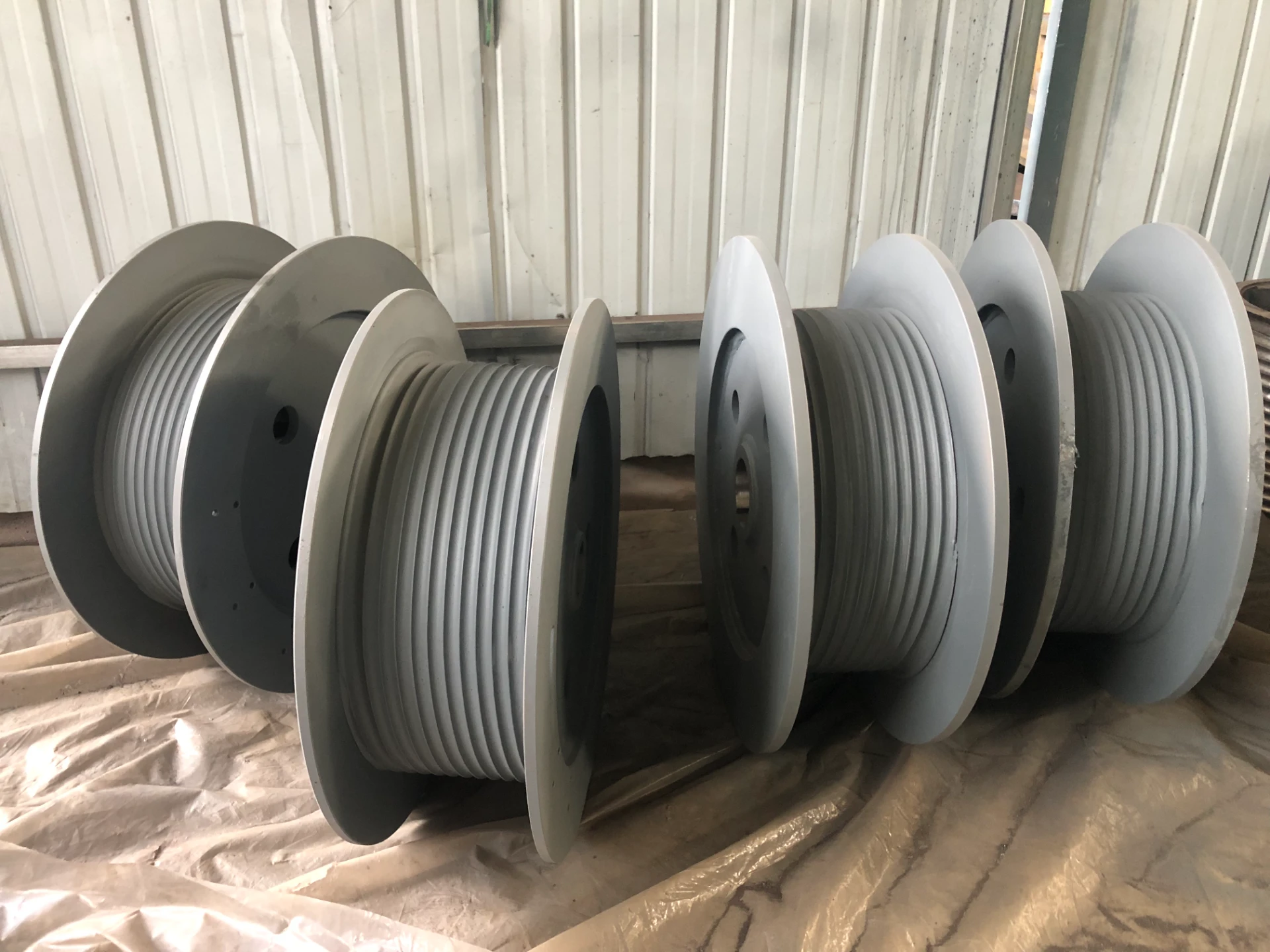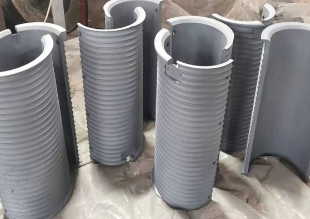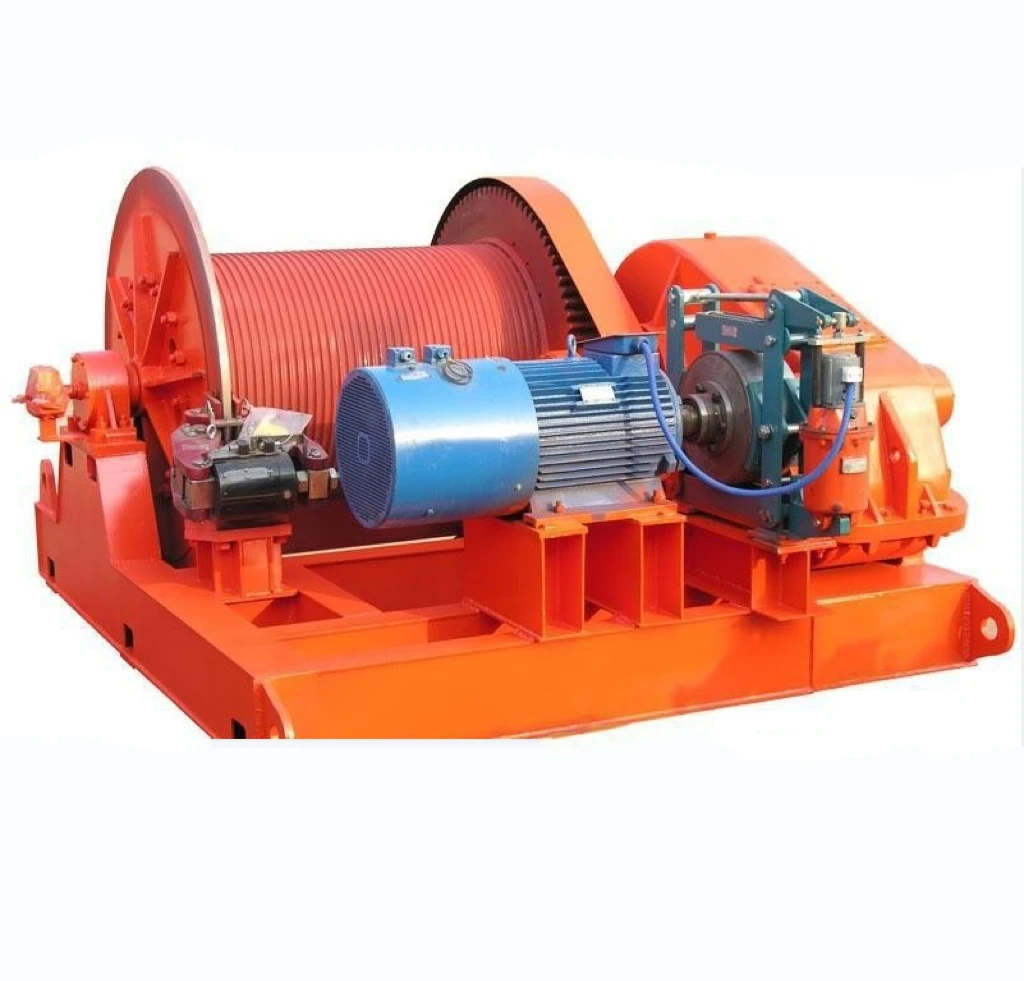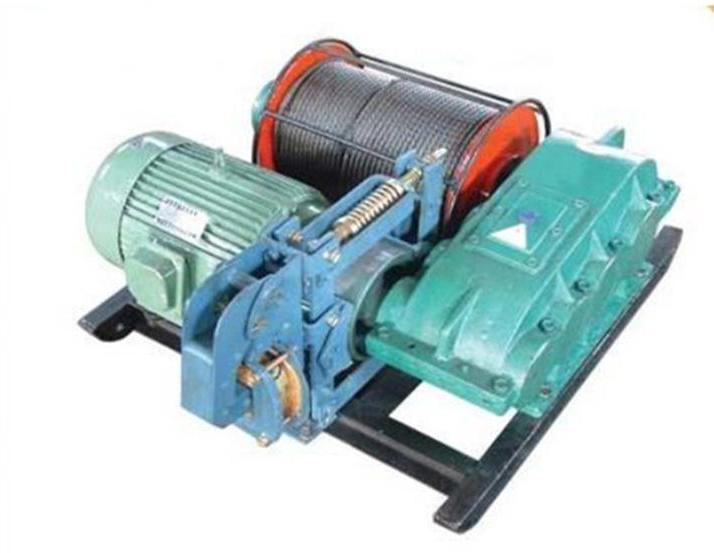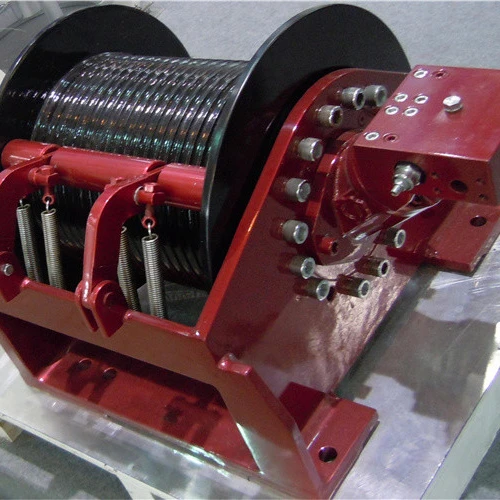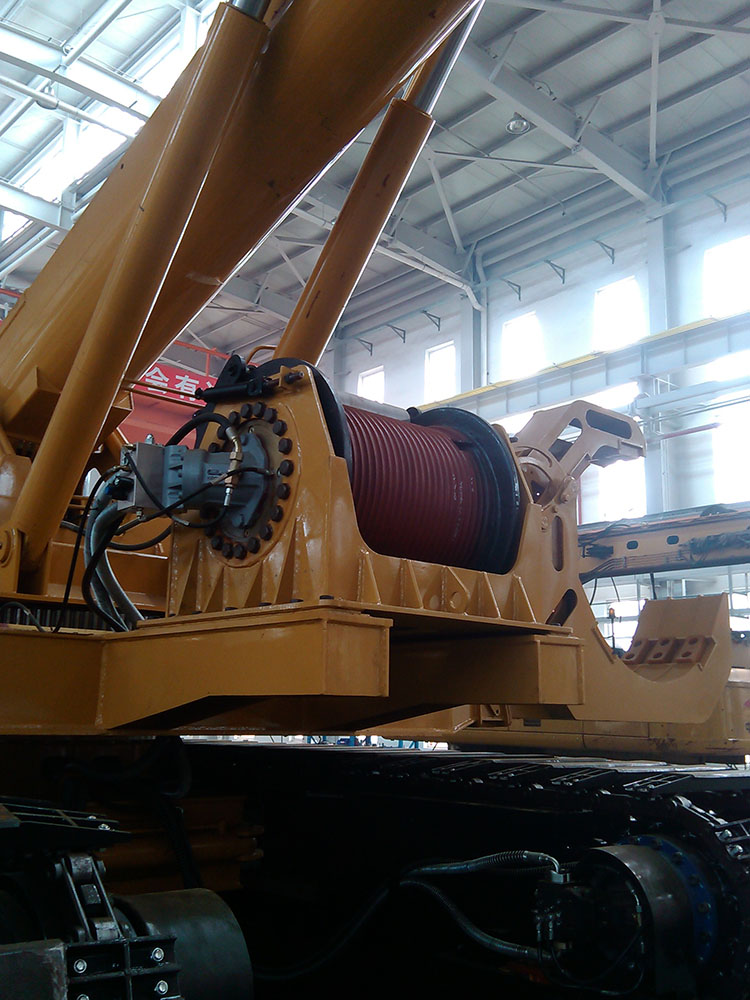Reliable Hydraulic Winches for Skid Steers | Durable & Efficient
Hydraulic Winch for Skid Steer: A Workhorse You Can Trust
After more than a decade working with industrial equipment across demanding jobsites, I’ve come to appreciate a few things about hydraulic winches — especially the kind that mount on skid steers. It’s not just about raw power, but also about precise control and reliability when you’re deep in the weeds of a project.
Oddly enough, the right hydraulic winch can completely change how you see your skid steer’s potential. You’re no longer limited to just scooping or hauling; instead, you get a versatile machine that can pull trees, lift heavy objects, or clear debris in ways a lot of people don’t realize.
Why Choose a Hydraulic Winch for Your Skid Steer?
Hydraulic winches harness the skid steer’s existing hydraulic system, which means they’re generally more compact, durable, and powerful compared to electric winches of similar size. Many engineers I’ve talked to swear by them when working on forestry, construction, or landscaping jobs where conditions get slippery, muddy, or just plain rough.
Here’s the nugget: using hydraulic winch technology cuts down on extra wiring and electrical maintenance, plus the power delivery is smooth and easily controlled with your skid steer’s existing controls.
Also, these winches are built to handle the tough stuff. From heavy-duty steel cable drums to reinforced gearboxes, they are designed to last — which is crucial because, frankly, nothing’s more frustrating than gear failure when you’re out on a busy site.
Key Product Specifications to Look For
| Specification | Typical Value | Notes |
|---|---|---|
| Pulling Capacity | 5,000 - 15,000 lbs | Depends on model and hydraulic pressure |
| Line Speed | 15 - 45 ft/min | Variable based on engine hydraulic flow |
| Cable Diameter | 3/8" to 1/2" | Steel cable for strength and durability |
| Hydraulic Flow Requirement | 6 - 12 GPM | Must match skid steer specs |
| Weight | 100 - 250 lbs | Varies by frame and drum size |
Comparing Top Hydraulic Winch Vendors: What Sets Them Apart?
In my experience, not all hydraulic winches are created equal — and you can sometimes spot the difference in service or design quirks long before specs come into play. Below is a quick vendor comparison based on what I’ve generally seen on-site over the years:
| Vendor | Cable Strength | Hydraulic Efficiency | Build Quality | Customer Support |
|---|---|---|---|---|
| LBS Winch | High (up to 15,000 lbs) | Excellent | Robust, heavy-duty frames | Responsive and knowledgeable |
| Vendor B | Medium (up to 10,000 lbs) | Good | Standard industrial-grade | Mixed reviews |
| Vendor C | Lower (up to 7,500 lbs) | Fair | Basic components | Limited support options |
Just to illustrate, I once had a client in the Pacific Northwest who replaced their old electric winch with an LBS Winch hydraulic model. The difference? They reported not only smoother pulls but way less hydraulic heat buildup on their skid steer’s system — and that’s a win in real terms when you’re working multi-day logging operations.
Final Thoughts on Choosing the Right Hydraulic Winch
Honestly, picking a hydraulic winch for your skid steer comes down to more than specs on a sheet. It’s about understanding your workflow, your terrain, and how much time you want to spend on maintenance. Because at the end of the day, a winch that just sits in a corner collecting dust doesn’t help anyone.
If you can, try to engage with someone who’s been hands-on with these units, like the folks at LBS Winch — they tend to share practical advice that really fits with heavy-duty field demands.
Anyway, whether your daily grind is construction, forestry, or any other heavy-lift task, a quality hydraulic winch for your skid steer often ends up being a small investment that pays off in smooth workflow and fewer headaches.
— Written from years of rolling around equipment yards and chatting with operators who know what they’re really after.
References
- Personal discussions with equipment operators, 2020–2023
- Technical product literature from leading winch manufacturers
- Field case study reports on skid steer hydraulic winch applications
-
Double Drum Hydraulic Winch – Durable, Efficient Load Handling SolutionsNewsNov.25,2025
-
Hydraulic Drum Winches: Powering Heavy Lifting with Precision and DurabilityNewsNov.24,2025
-
Hydraulic Driven Winch – Reliable Heavy Lifting Solutions for Industry & ReliefNewsNov.24,2025
-
Hydraulic Crane Winch – Powerful & Precise Heavy Lifting Solutions | LBS WinchNewsNov.23,2025
-
Electric Over Hydraulic Winch: Efficient, Durable Lifting Solutions for Modern IndustryNewsNov.23,2025
-
Hydraulic Logging Winch Guide | Global Applications & InnovationsNewsNov.22,2025


